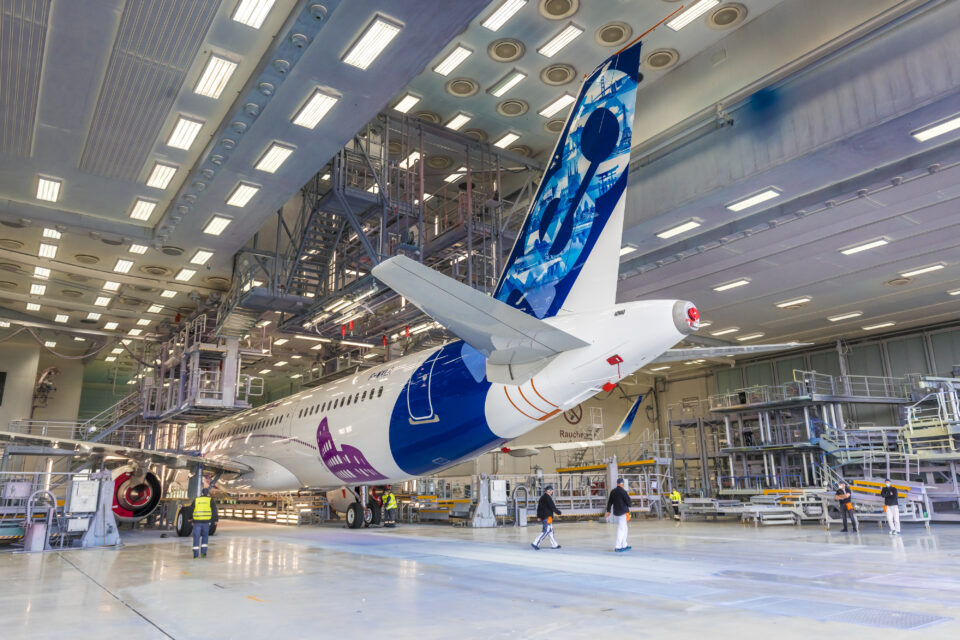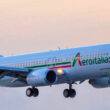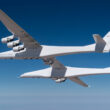One of the most anticipated commercial aircraft of recent times, the Airbus A321XLR, designed for long-range flights and scheduled to debut next year, may have its launch postponed to 2024. According to Reuters, Europe’s civil aviation authority (EASA) is considering imposing changes to the aircraft design to contain potential fire hazards in unsuccessful landings.
According to people with knowledge of the matter, EASA is trying to impose significant modifications to the “underbelly fairings”, part of the lower structure of the plane. Reviewing this section of the aircraft is a task that could take anywhere from 6 to 9 months, depending on the scope of the final certification rule, one of the sources said.
The news outlet also addresses, without providing details, that there are discussions about the certification of the A321XLR’s new central fuel tank that could delay the project’s schedule. Another source mentioned that the aircraft’s temperature management could be more of an issue in the project due to the expectation that the solution will take about a year.

First test aircraft almost ready
Airbus and EASA confirmed that they were discussing how to certify the new version of the A321, but did not provide detailed information about the process or the difficulties faced by the program.
Last year, Boeing reported to EASA that the installation of an extra tank could pose potential fire hazards in situations involving overruns or landing gear damage.
At the time, the US manufacturer claimed that “fuel tanks integral to the airframe structure inherently provide less redundancy than structurally separate fuel tanks. Such integral fuel tanks within the fuselage volume located within the fuselage volume can foreseeably result in more hazardous outcomes when exposed to threats such as an external pool-fed fire.”
This week, Airbus posted on Twitter a video of the first A321XLR leaving the painting process, which is one of the last steps in the assembly of a commercial aircraft, leading to believe that the first flight of the prototype should happen soon.
With a range of 4,700 nm (8,700 km) and capacity to carry up to 240 passengers, the A321XLR is expected to replace widebodies on transoceanic routes at enormous savings. Until recently, Airbus recorded at least 515 firm orders for the aircraft.






